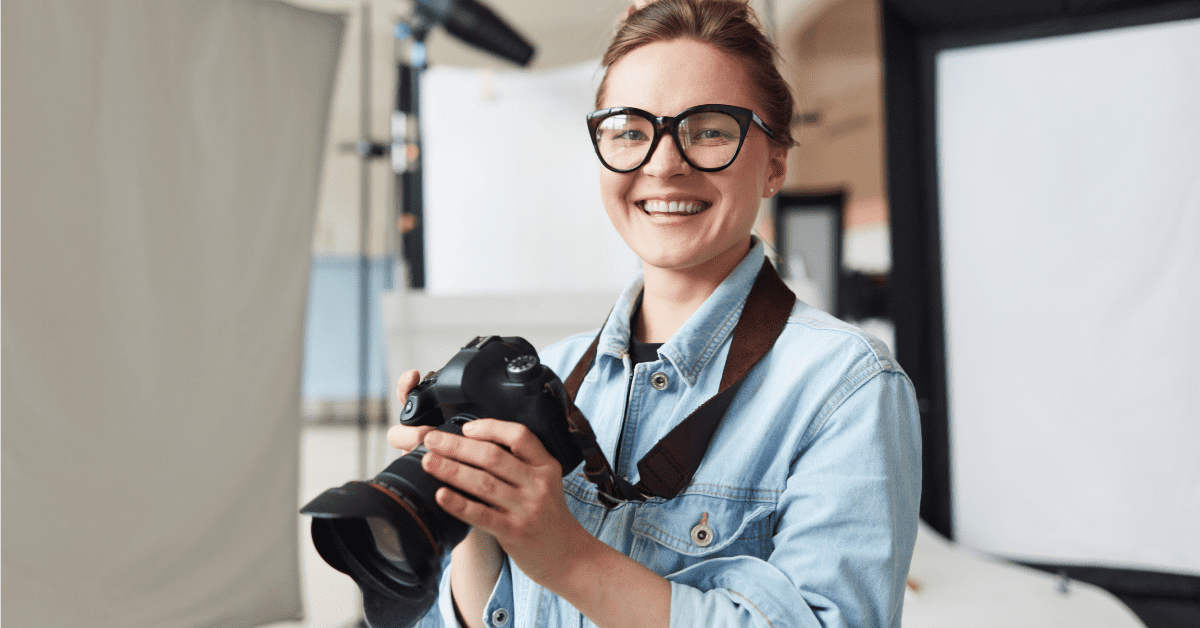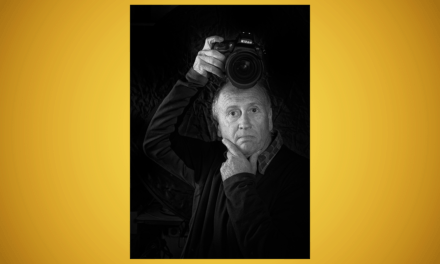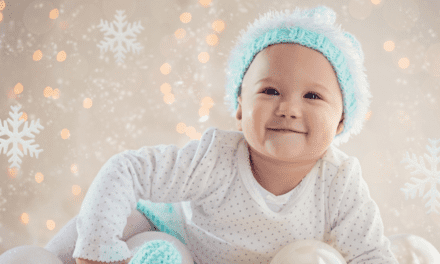The first tip is don’t believe you can become a perfect portrait photographer just by following these 10 tips. It takes more than that. Our photography course take a year! Even so, here are some helpful guidelines:
Work quickly
Don’t dilly dally setting up or shooting. Subjects, especially children, soon get bored. Better to do the prep work on a stand-in or focus on a broom handle before your client comes on the set. Have a toy or similar item handy to hold children’s interest. Boredom shows in their eyes.
Teach yourself to carry on a conversation with your subject, while taking pictures
This relaxes them and the resultant interest will show in the picture. To achieve this you’ll need to be totally familiar with handling your camera and equipment. Either explain what you’re doing or talk about their favourite hobby, film, book etc. Play gentle, relaxing music.
Ask advice from experts
Ask about which setting to use in the circumstances you expect to work in. If this is a student exercise, try various different settings at the one photo session, then compare results.
Avoid shooting in direct sunlight or other harsh light
Firstly, it causes your subject to squint. Then high harsh light eg at noon, causes unflatteringly deep shadows under nose and chin. The contrast between light and shade is too strong for best results. Strong light in the late afternoon does not cause the same shadows problem.
Use a telephoto lens
Use about 80-100mm lens for more pleasing results as it compresses perspective. It also allows you to work at a distance which some subjects find less threatening than close-ups.
Select a wide aperture
This will help you put the background out of focus. Better still, position your subject where the background is softly non-threatening or neutral. Avoid tree branches coming out of people’s ears etc.
Put extra sparkle into the subject’s eyes
Fill or soften the shadows by using a reflector. Either a commercial one or make your own from white cardboard, with or without aluminium kitchen foil glued to the card. Have someone hold it just out of frame. Test various poses and techniques.
Use props
Avoid awkward or uncomfortable poses. Let your subject lean on a chair, balcony or table. Props like a flower, a musical instrument or a book also help give the subject something constructive to do with their hands. Check their fingernails are clean – unless dirty or broken fingernails are a badge of office, as for a farmer, sculptor, potter, etc.
Focus on the subject’s eyes
Reason – it’s the first place we look when we study a portrait or meet someone new. If the eyes are out-of-focus the whole portrait is spoiled.
Be aware of distracting backgrounds
Foliage, angular architecture, bright contrasts, reflections from windows, etc. all can spoil your final portrait. So does a tear in the subject’s clothes, or a stain. Check for clothes which crease awkwardly, buttons which reflect light, etc. Have an eye for detail.
The NZIBS Photography course offers the training you need to become a competent photographer. Photography can give you individual freedom, self-expression and financial gain. You’ll also find photography is an adventure, limited only by your imagination and flair – qualities which will be enhanced throughout the course.
“The hardest part of becoming a freelance photographer was having the guts to get started” said Luana Mus when she graduated from her NZIBS course. “My tutor showed me how to develop my ideas and how to market my finished photos to editors and clients.”
Do you enjoy taking photos? ... Hobby? New career?
Photography can be a fun hobby, and a significant income earner. Learn the skills you need to be a better photographer. You provide the ambition and willingness to learn while your tutor provides technical knowledge and encouragement.










